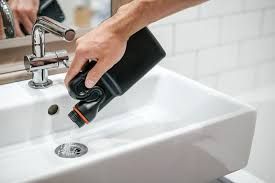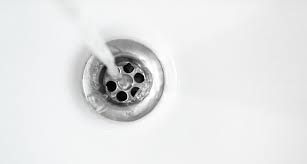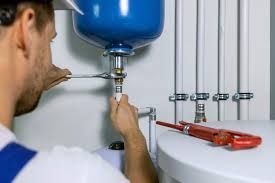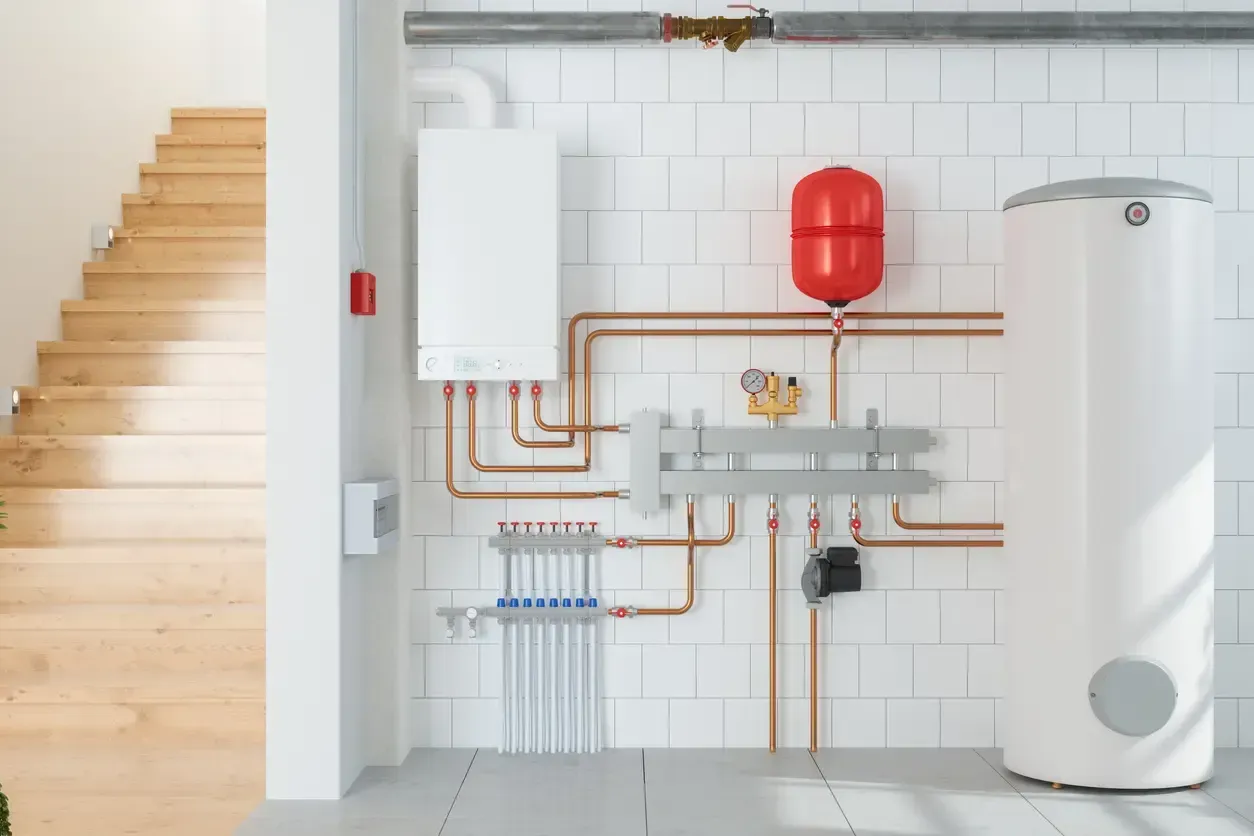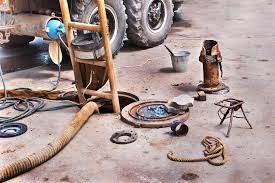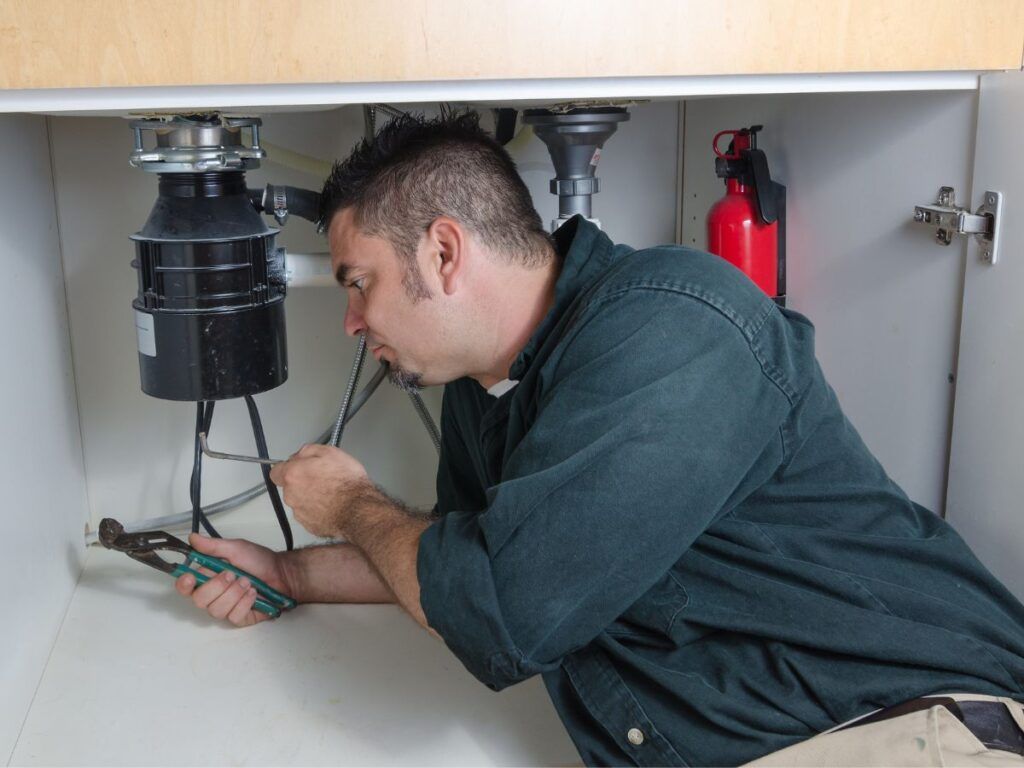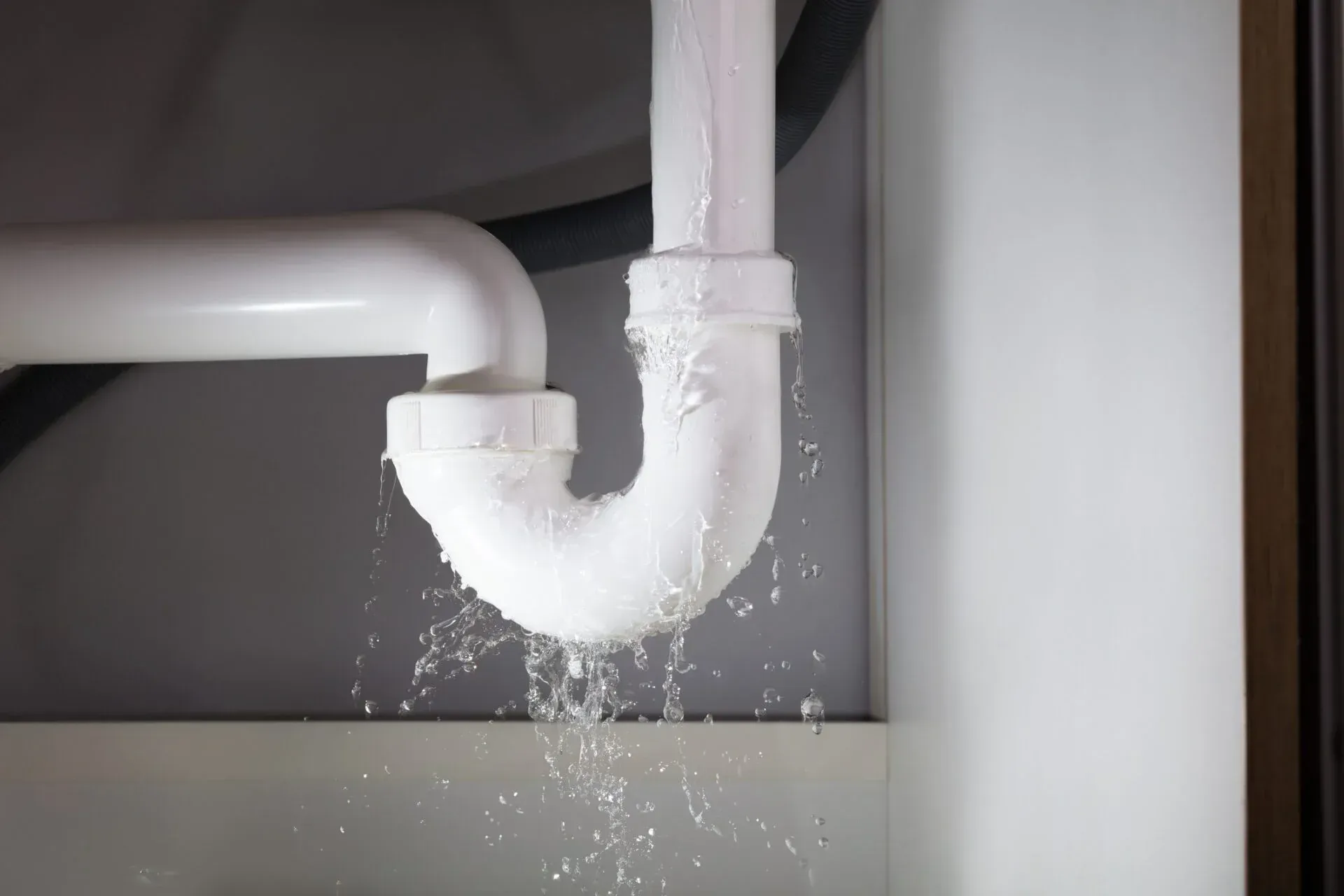The Benefits of Installing an Expansion Tank in Your Home
An expansion tank is a small but crucial addition to any home plumbing system, designed to help regulate water pressure, extend the life of your water heater, and protect your pipes and appliances. Despite its simple appearance, an expansion tank offers a wide range of benefits, from preventing costly plumbing repairs to improving the safety and efficiency of your home’s water system. In this in-depth guide, we’ll explore the purpose and benefits of an expansion tank, how it works, and why it’s a valuable investment for any homeowner.
The Importance of Expansion Tanks in Closed Water Heater Systems
What is an Expansion Tank?
An expansion tank is a small tank connected to your water heating system that helps absorb excess water pressure. Typically installed near the water heater, it contains an internal air bladder that expands and contracts to relieve pressure fluctuations in the system. When water heats up, it expands, causing pressure to build up within your pipes. The expansion tank provides a buffer that prevents this excess pressure from damaging the system.
How Does an Expansion Tank Work?
When water is heated, it expands—a phenomenon known as thermal expansion. In a closed water system, this expansion has nowhere to go, causing a build-up in pressure. An expansion tank provides an outlet for this excess pressure, allowing water to flow into the tank rather than forcing it through your pipes. The tank has two compartments: one for water and one for air, separated by a diaphragm or bladder. When water pressure rises, the water side of the tank accepts the excess, and the air side compresses to accommodate it, stabilizing the system.
Key Benefits of Installing an Expansion Tank
1. Protects Your Plumbing System from Pressure Damage
When pressure in your plumbing system rises due to thermal expansion, it can stress pipes, joints, and fixtures. Over time, this can lead to leaks, cracked pipes, or damaged fixtures. An expansion tank prevents these issues by absorbing the excess pressure, protecting your plumbing system from potential damage and costly repairs.
2. Increases the Lifespan of Your Water Heater
Water heaters are especially vulnerable to high-pressure conditions. Repeated pressure buildup can cause the tank to overheat, leading to cracks, corrosion, and even tank failure. With an expansion tank, the pressure on the water heater is significantly reduced, helping to prolong its life and prevent breakdowns.
3. Reduces the Risk of Water Hammer
Water hammer is a loud banging noise that occurs when water suddenly stops or changes direction within the pipes, often due to high pressure. An expansion tank helps to reduce pressure spikes, preventing water hammer and ensuring a quieter and more comfortable home environment.
4. Improves the Efficiency of Your Plumbing System
High pressure can reduce the efficiency of your plumbing appliances and fixtures. For example, toilets, faucets, and water-using appliances like dishwashers and washing machines are more likely to experience wear and tear under pressure stress. By maintaining balanced pressure with an expansion tank, you’ll help ensure these systems work more efficiently and require fewer repairs.
5. Prevents Hot Water Backflow into the Cold Water System
In homes with a closed plumbing system, pressure from the water heater can sometimes cause hot water to backflow into the cold water supply. This can lead to fluctuating water temperatures and cause wear on plumbing fixtures. An expansion tank reduces this risk by controlling the pressure in the system.
6. Protects Against Temperature-Related Issues
When water is heated, it expands and increases pressure in the system. An expansion tank helps to mitigate temperature-related pressure spikes, maintaining a consistent and safe water temperature, which can also improve comfort and prevent scalding in the shower or other water sources.
DIY vs. Professional Installation of an Expansion Tank
While installing an expansion tank may seem like a straightforward task, it’s often best handled by a professional plumber to ensure proper installation and function. A professional can assess your home’s unique plumbing needs, install the tank correctly, and test the system to make sure it’s working effectively. However, if you’re experienced with DIY plumbing projects, here are some steps you’ll need to follow:
- Turn off the water and power supply to the water heater.
- Locate the cold water supply line on your water heater and install a tee fitting.
- Attach the expansion tank to the tee fitting, using Teflon tape to ensure a watertight seal.
- Secure the expansion tank and make sure it’s level.
- Restore water and power, then check for leaks and monitor the pressure levels to ensure the tank is working correctly.
When Should You Consider Installing an Expansion Tank?
Expansion tanks are beneficial in any home with a closed plumbing system, particularly those with:
Modern Water Heaters: Newer water heaters tend to heat water more quickly, which can lead to faster pressure buildup.
High Water Pressure: Homes with high incoming water pressure (over 80 psi) are at greater risk for pressure-related damage.
Frequent Plumbing Repairs: If you frequently experience leaks, water hammer, or other plumbing issues, an expansion tank can help resolve underlying pressure problems.
Temperature Control Issues: If you experience inconsistent water temperature, particularly with hot water, an expansion tank may help.
FAQs
1. Do all water heaters need an expansion tank?
No, not all systems require an expansion tank. Homes with an open plumbing system may not need one, but it’s recommended for closed systems, where water can’t flow back into the main water supply.
2. How do I know if I have a closed plumbing system?
Homes with a backflow prevention device or pressure-reducing valve usually have a closed system. A plumber can confirm this for you.
3. How often should an expansion tank be inspected?
It’s recommended to inspect the expansion tank annually, particularly checking the air pressure to ensure it matches the water pressure in your home.
4. How long does an expansion tank last?
With proper maintenance, an expansion tank can last between 5 to 10 years. However, factors like water quality and usage can affect its lifespan.
5. Can I install an expansion tank myself?
If you have plumbing experience, you may be able to install it yourself. However, a professional plumber ensures it’s correctly installed for optimal performance.
Conclusion
Installing an expansion tank in your home is a smart investment that brings numerous benefits, from extending the lifespan of your water heater to protecting your plumbing system from high pressure and damage. By preventing excess pressure, you can avoid costly repairs, improve the efficiency of your plumbing, and enjoy a more reliable water supply. Whether you’re looking to protect your home or make your plumbing system more efficient, an expansion tank offers peace of mind and a better-functioning water system.
